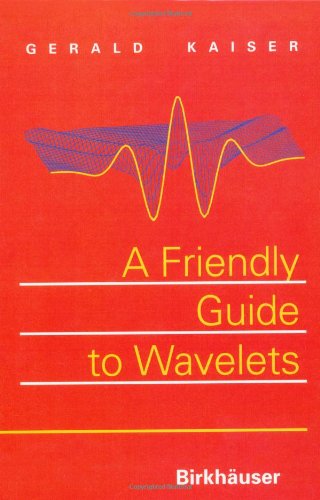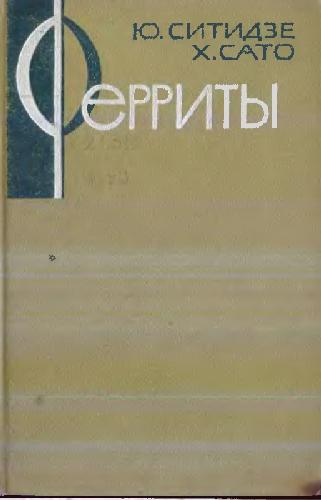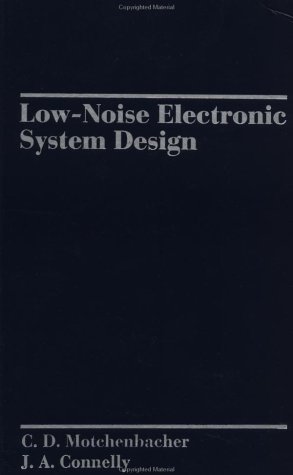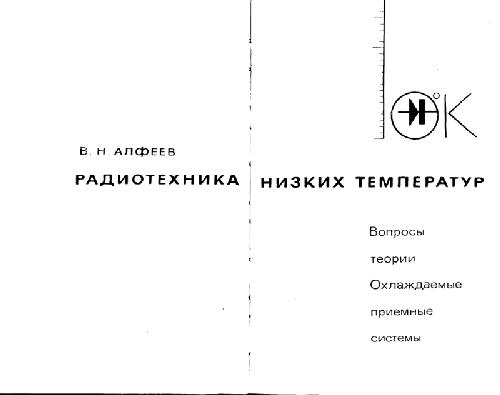Gerald Kaiser9780817637118, 0817637117, 3764337117
This volume consists of two parts. Chapters 1-8, Basic Wavelet Analysis, are aimed at graduate students or advanced undergraduates in science, engineering, and mathematics. They are designed for an introductory one-semester course on wavelets and time frequency analysis, and can also be used for self-study or reference by practicing researchers in signal analysis and related areas. The reader is not presumed to have a sophisticated mathematical background; therefore, much of the needed analytical machinery is developed from the beginning. The only prerequisite is a knowledge of matrix theory, Fourier series, and Fourier integral transforms. Notation is introduced which facilitates the formulation of signal analysis in a modern and general mathematical language, and the illustrations should further ease comprehension. Each chapter ends with a set of straightforward exercises designed to drive home the concepts.Chapters 9-11, Physical Wavelets, are at a more advanced level and represent original research. They can be used as a text for a second-semester course or, when combined with Chapters 1 and 3, as a reference for a research seminar. Whereas the wavelets of Part I can be any functions of ”time,” physical wavelets are functions of space-time constrained by differential equations. In Chapter 9, wavelets specifically dedicated to Maxwell’s equations are constructed. These wavelets are electromagnetic pulses parameterized by their point and time of emission or absorption, their duration, and the velocity of the emitter or absorber. The duration also acts as a scale parameter. We show that every electromagnetic wave can be composed from such wavelets. This fact is used in Chapter 10 to give a new formulation of electromagnetic imaging, such as radar, accompanied by a geometrical model for scattering based on conformal transformations. In Chapter 11, a similar set of wavelets is developed for acoustics. A relation is established at the fundamental level of differential equations between physical waves and time signals. This gives a one-to-one correspondence between physical wavelets and a particular family of time wavelets. | |







Reviews
There are no reviews yet.